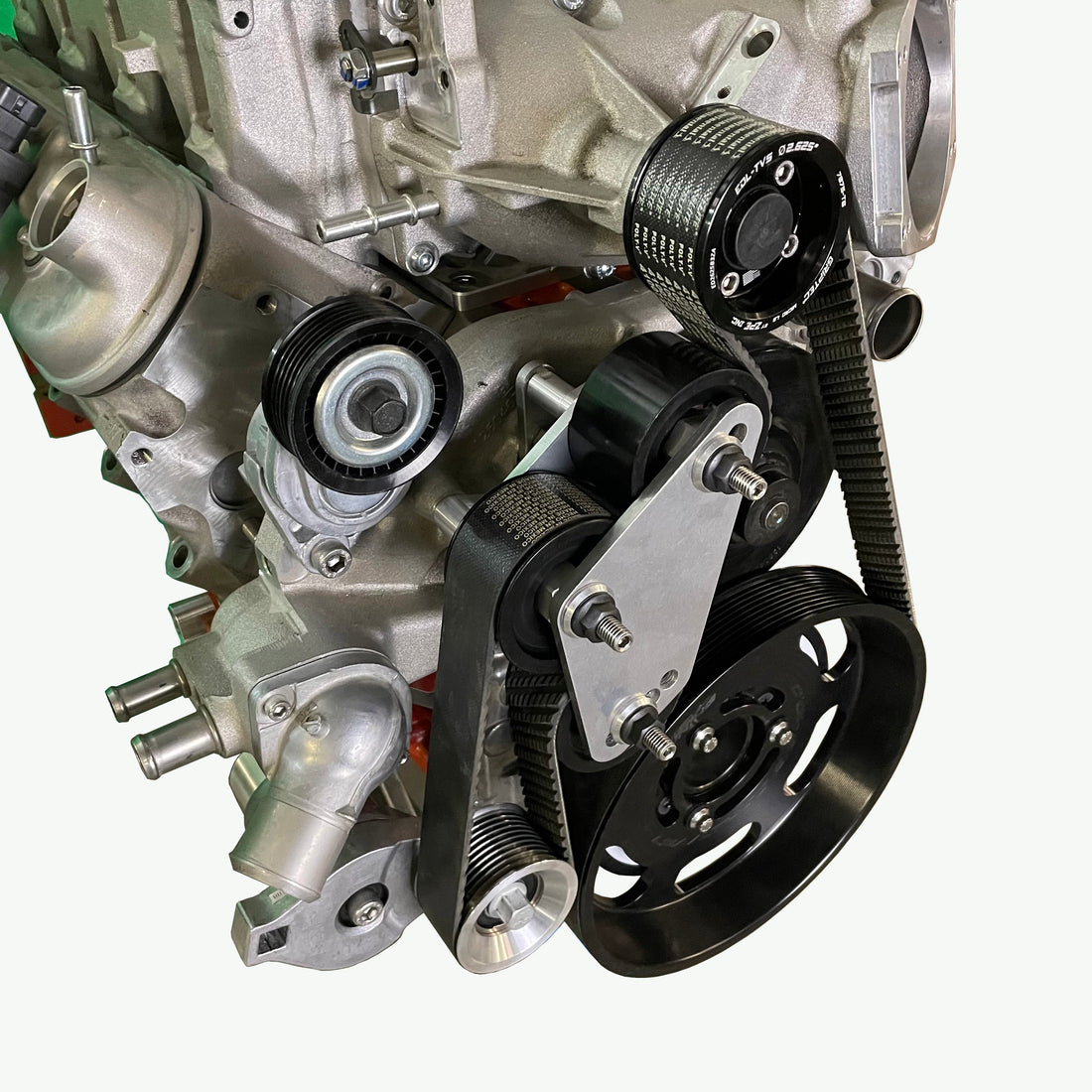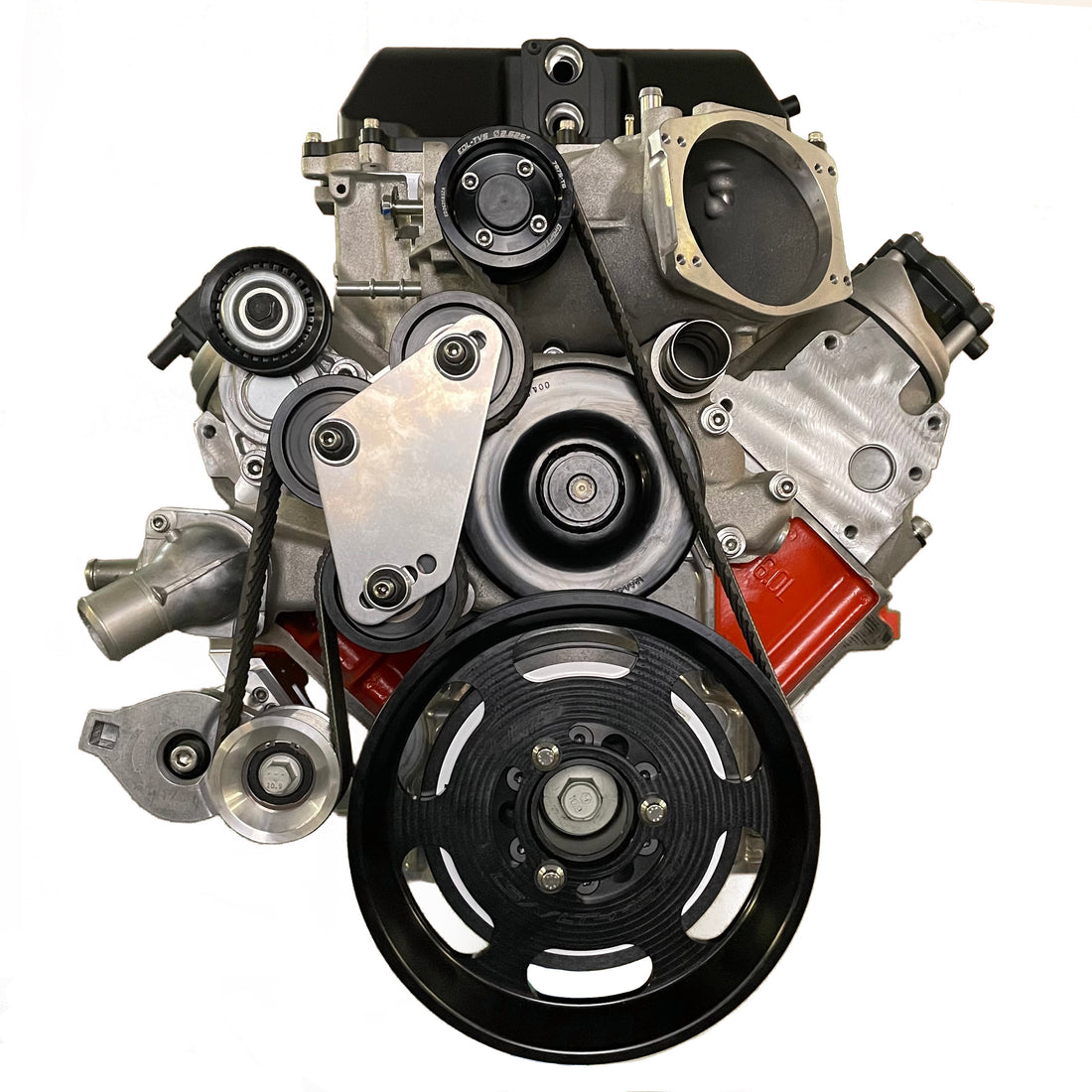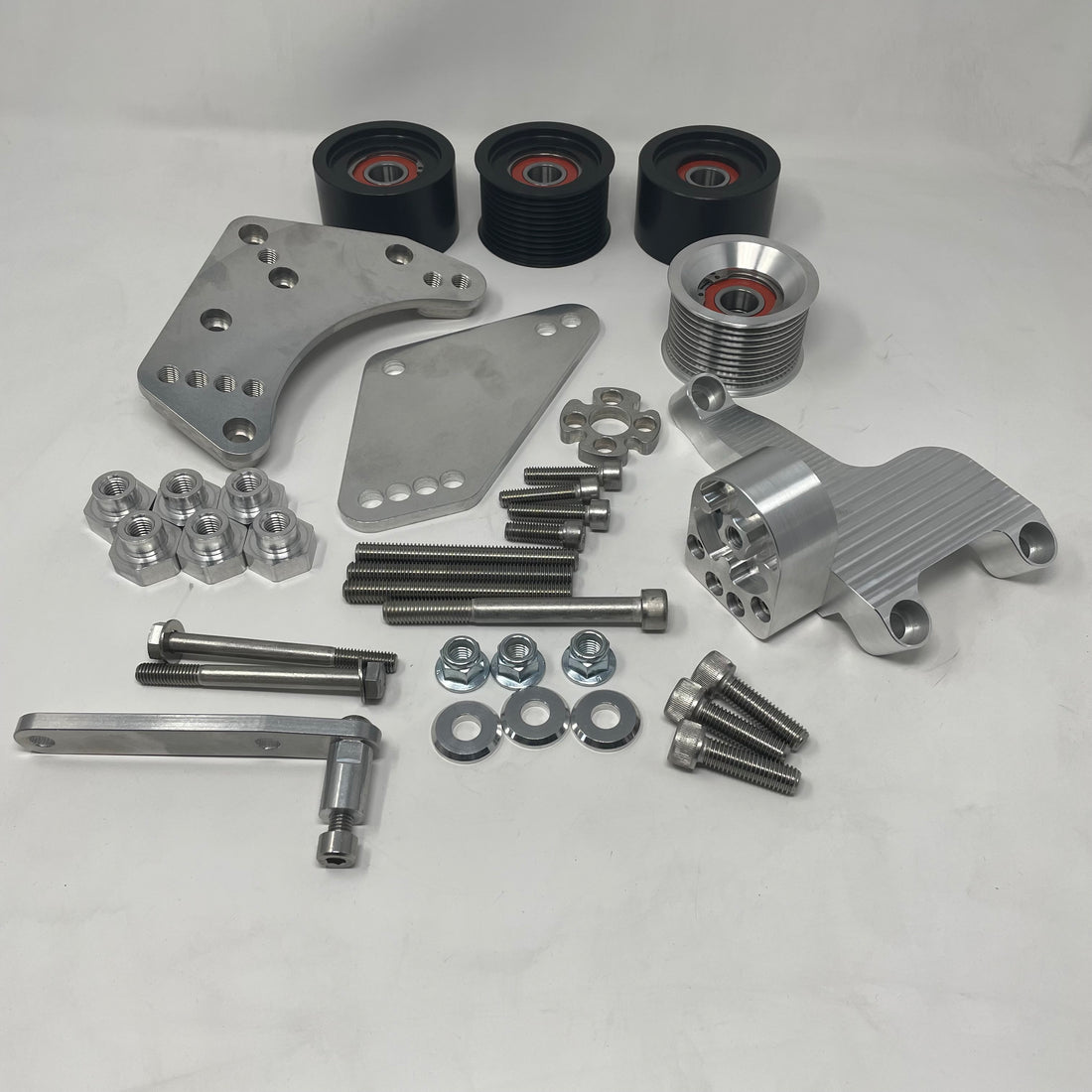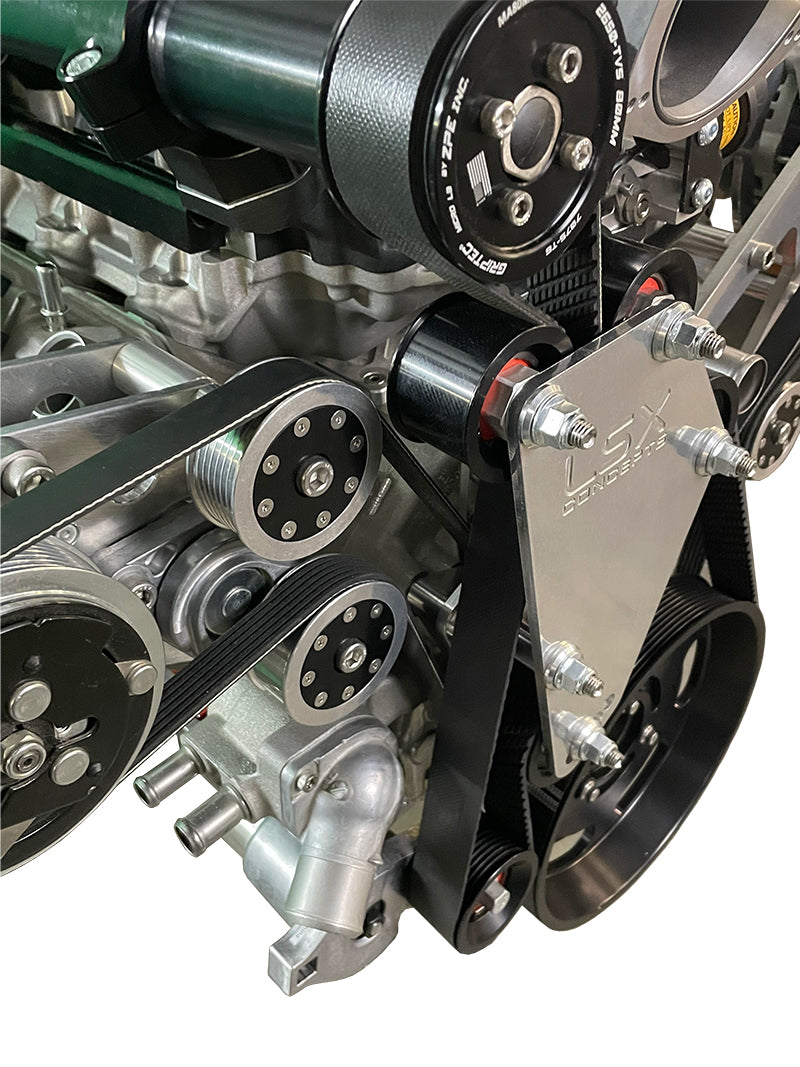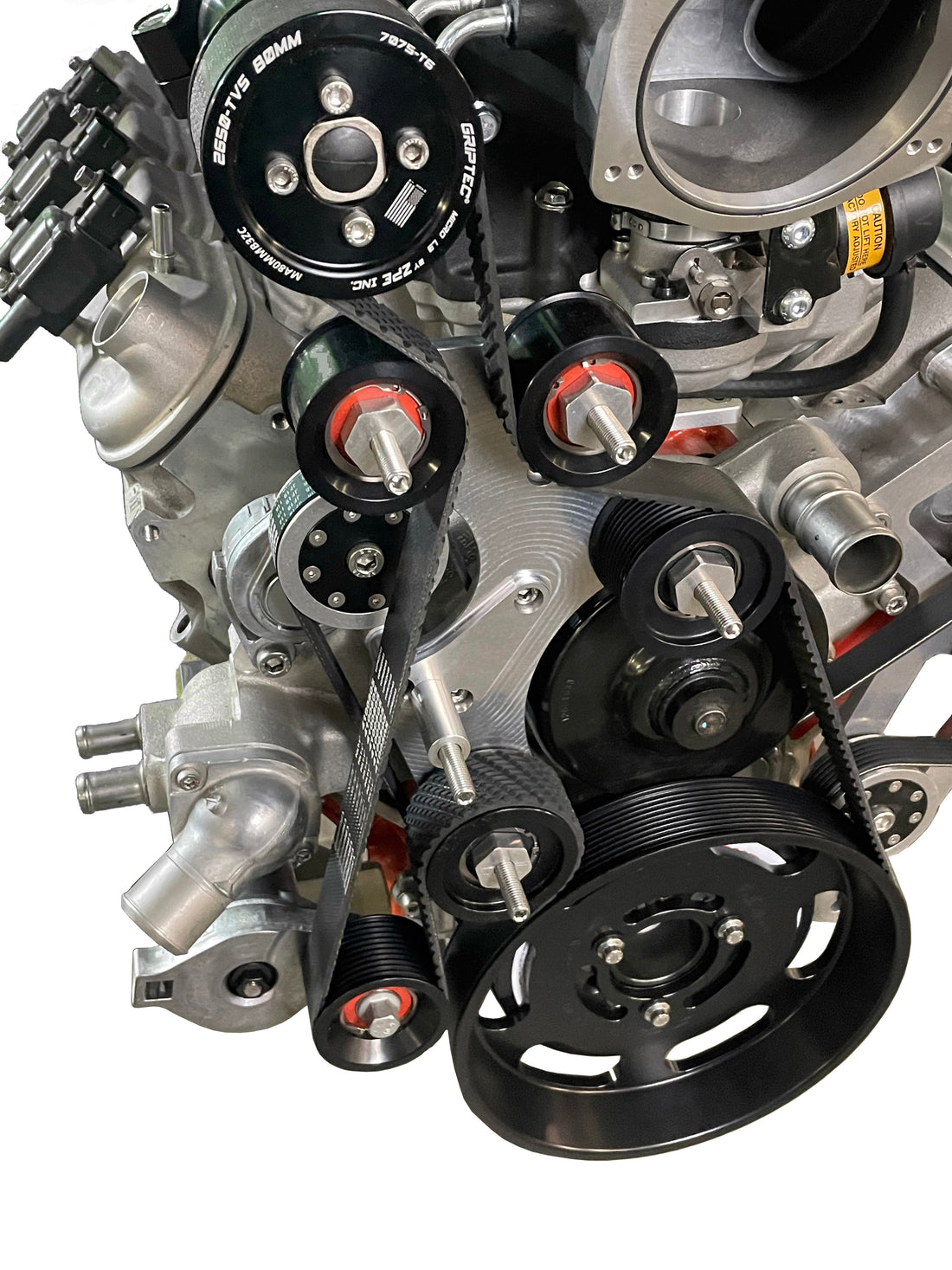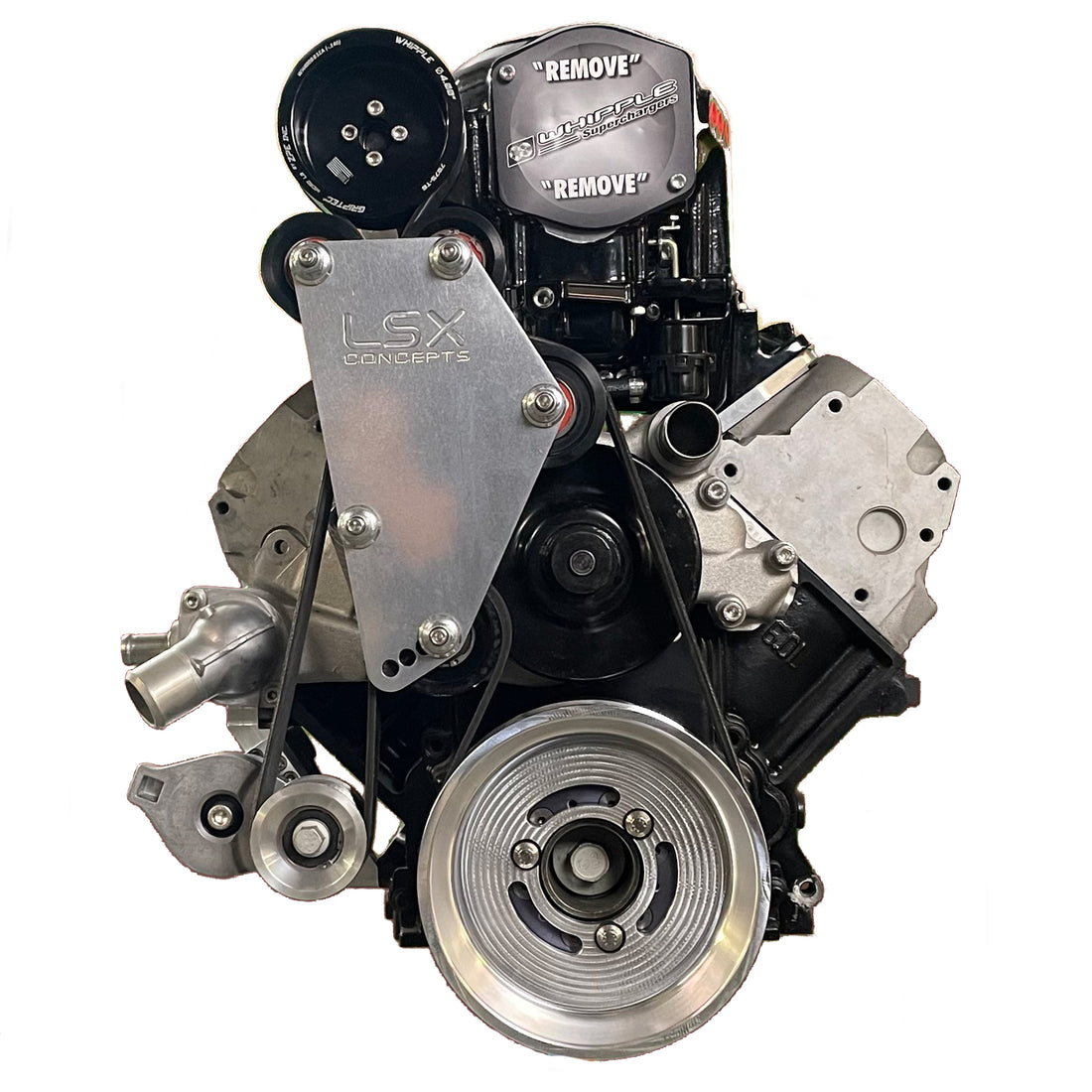The late model LS engine family has been around now for almost 19 years and has replaced the old first gen small block and big block as the engine of choice when doing a engine swap. Even in their stock forms they make more power and are more reliable the the first gen small blocks ever were in their heyday. A few years ago Hot Rod Magazine proved just how tough these LS engines are by taking a junkyard truck engine and flogging it on the dyno and making 1200+ horsepower with some turbos, while only making a few minor changes to the base engine and making numerous pulls on the dyno all in an effort to see just how much abuse an LS engine could really take before giving out. reading this article made me sell my 700+ horsepower 407 first gen small block and buy an LS engine for my 70 Chevelle. (
Hot Rod - Big Bang Theory - Sept 5, 2011) So know that you have decided to swap a pullout LS engine into your project vehicle, you need to identify that junkyard jewel your looking at, and is it worth the time, expense, and effort your going to put into swapping it into your project car.
The Gen III LS Engine vs Gen IV LS Engine
Despite numerous differences the Gen III LS Engine and Gen IV LS Engine cylinder blocks share a lot of the same traits.
- 4.400 Bore Spacing (same as the original SBC)
- Deep Skirt Block with Six Bolt Cross Bolted Main Bearing Caps (reminiscent of the old Ford side oilers, FE, and some early hemi blocks)
- Center Main Thrust Bearing
- 9.240 Deck Height
- Standard Chevrolet Bell Housing bolt Pattern (same as the original SBC)
- Four Bolt per cylinder head bolt pattern
- 0.842 inch roller lifter bores (same as the original SBC)
- Distributor-less ignition system or DIS
There is a great amount of interchangeability in the Gen III LS engine and the Gen IV LS engine like there was in the old SBC days, you can swap Cylinder heads, crankshafts, intake manifolds and more but not all components work together do you research and verify your components if you going to mix and match pieces together. It used to be you could simply look up a block casting number and identify an engine back in the days of the original Small Block Chevy. but with the LS engines you really need to look closer to find what exactly you have in front of you. Its much easier to identify what you have by individual traits and components. pull a head and measure the bore and stroke if you can. some of the early 4.8L and 5.3L LS engines cannot be identified by just the markings on the front of the block.
| Engine Block Guide* |
| Gen |
Liters |
RPO |
Cubic Inch |
Bore mm (in)/ Stroke mm (in) |
Material |
Max Bore |
| III |
4.8L |
LR4 |
293.4 |
95.01 (3.780) / 83.00 (3.268) |
Iron |
3.910 |
| III |
5.3L |
L59,LM7 |
325.2 |
95.01 (3.780) / 92.00 (3.622) |
Iron |
3.910 |
| III |
5.3L |
L33,LM4 |
325.2 |
95.01 (3.780) / 92.00 (3.622) |
Alum |
3.908 |
| III |
5.7L ('97-98) |
LS1 |
345.7 |
99.00 (3.898) / 92.00 (3.622) |
Alum |
3.902 |
| III |
5.7L ('99+) |
LS1 |
345.7 |
99.00 (3.898) / 92.00 (3.622) |
Alum |
3.908 |
| III |
6.0L |
LQ4, LQ9 |
364.1 |
101.5 (4.000) / 92.00 (3.622) |
Iron |
4.060 |
| IV |
4.8L |
L20, LY2 |
293.4 |
95.01 (3.780) / 83.00 (3.268) |
Iron |
3.910 |
| IV |
5.3L |
LY5, LMG |
325.2 |
95.01 (3.780) / 83.00 (3.268) |
Iron |
3.910 |
| IV |
5.3L |
LC9, LH6, LH8, LS4 |
325.2 |
95.01 (3.780) / 83.00 (3.268) |
Alum |
3.908 |
| IV |
6.0L |
LY6 |
364.1 |
101.5 (4.000) / 92.00 (3.622) |
Iron |
4.060 |
| IV |
6.0L |
L76, L98, LS2, LFA, LZ1 |
364.1 |
101.5 (4.000) / 92.00 (3.622) |
Alum |
4.030 |
| IV |
6.2L |
L92, L94, L99, L9H, LS3, LS9, LSA |
376 |
103.25 (4.065) / 92.00 (3.622) |
Alum |
4.085 |
| IV |
7.0L |
LS7 |
427 |
104.78 (4.125) / 101.5 (4.000) |
Alum |
4.130 |
*Compiled from multiple sources, and is correct to the best of my knowledge. please always sonic check blocks before boring. You will notice most LS Engine blocks cant be over bored much from the original bore size. but don't fear the material used in the LS engines cylinder sleeves is much better than the old first gen stuff. I have seen motors pulled with 100K miles and the cylinder walls were near perfect.
| CYLINDER HEAD CASTING NUMBERS |
| Casting # (last 3 digits) |
Desc |
Int./Ex. Valves |
Chamber (cc) |
Port Style |
| 241 |
LS1 |
2.000 / 1.550 |
67 cc |
Cathedral |
| 243 / 799 / 823 |
LS1 / LS6 |
2.000 / 1.550 |
65 cc |
Cathedral |
| 706 / 862 / 895 |
LM4 / LM7 / LR4 |
1.890 / 1.550 |
61 cc |
Cathedral |
| 853 / 806 / 933 |
LS1 (perimeter) |
2.000 / 1.550 |
67 cc |
Cathedral |
| 317 / 035 |
LQ4 / LQ9 |
2.000 / 1.550 |
71 cc |
Cathedral |
| 373 / 873 |
LQ4 |
2.000 / 1.550 |
71 cc |
Rectangle |
| 364 / 716 / 823 |
L92 / LS3 |
2.165 / 1.590 |
68 cc |
Rectangle |
| 452 |
LS7 |
2.200 / 1.610 |
70 cc |
Raised Rectangle |

